When purchasing real estate, many people focus on location, price, and layout, but a proper understanding of the concept of aging is extremely important for maintaining long-term asset value and predicting operating costs.
Aging is a natural change that buildings inevitably undergo over time and has a direct impact on property values and maintenance costs. Understanding this concept is the foundation for proper investment decisions and asset management, especially for those who are considering investing in real estate or planning to buy or sell a home.
Based on our experience in numerous real estate transactions as INA&Associates, this article will explain the basic concepts of age-related deterioration, its actual effects, and effective countermeasures in a way that is easy to understand for the general public. We will convey practical knowledge, including the characteristics of different building structures and specific statistical data.
Basic Knowledge of Aging Deterioration
Definition and Concept of Aging Deterioration
Age-related deterioration refers to the gradual deterioration of the quality of buildings and facilities over time. This phenomenon begins the moment a building is newly constructed and continues regardless of whether it is used or not.
In the real estate industry, age-related deterioration must be distinguished from mere aging. Age-related deterioration includes both the effects of the natural environment and the effects of normal use, which are important criteria in determining the extent of a building owner's or user's liability.
Specifically, fading of wallpaper due to sunlight, shrinkage and expansion of wood due to moisture, cracking of exterior walls due to temperature changes, and deterioration of roofing materials due to wind and rain are typical examples of age-related deterioration. These changes are positioned as natural phenomena that cannot be avoided even when buildings are properly used.
Difference between Natural and Artificial Deterioration
In understanding aging deterioration, it is important to clearly distinguish between natural and human-causeddeterioration. This distinction is particularly important when determining restoration and repair responsibility for rental properties.
Natural deterioration is deterioration caused by normal use of the building and the effects of the natural environment. Examples include sun fading of tatami mats, minor scuffs and scratches on flooring, natural staining or discoloration of wallpaper, and normal wear of equipment. These are generally treated as deterioration that should be borne by the building owner.
Artificial deterioration, on the other hand, refers to damage caused by use or carelessness beyond normal usage. Nail holes in walls, discoloration of wallpaper due to smoking, scratches and odors caused by pets, and significant stains due to lack of cleaning fall under this category, and the user is often required to bear the repair costs for these items as their responsibility.
Deterioration Characteristics by Building Structure
The pattern and rate of progression of deterioration over time varies greatly depending on the structure of the building. This is due to differences in the characteristics of the materials used and construction methods.
In the case of wooden buildings, wood, the main structural component, is sensitive to changes in humidity, and repeated contraction and expansion can easily result in loose joints and gaps. Wood is also susceptible to insect damage and decay, which can lead to structural problems if proper insect and preservative treatment is not applied. With proper maintenance, however, it can remain in good condition for decades.
In reinforced concrete (RC) construction, neutralization of concrete is a major cause of deterioration. Concrete is inherently alkaline, but as it reacts with carbon dioxide in the atmosphere, it gradually becomes neutralized, increasing the risk of corrosion of the reinforcing steel inside. This process is relatively gradual, and a properly designed and constructed building can be expected to last 50 years or more.
In addition to the characteristics of RC construction, steel-framed reinforced concrete (SRC) construction requires corrosion protection for the steel-frame portion. Although the steel frame portion will have long-term durability if appropriate anti-corrosion treatment is applied, rapid deterioration may occur if moisture infiltrates the steel frame due to poor waterproofing performance.
Detailed Analysis of Deterioration Factors
Factors that cause aging deterioration can be broadly categorized into environmental factors and usage factors.
Environmental factors include climatic conditions, location, and surrounding environment. Japan's climate has four distinct seasons, with wide variations in temperature and humidity, which places a heavy burden on building materials. In particular, high humidity during the rainy season, dryness in winter, and high temperatures in summer accelerate the deterioration of building materials.
In coastal areas, metal parts are prone to corrosion due to salt damage, and in mountainous areas, concrete deterioration due to repeated freezing and thawing can be a problem. In addition, pollution from exhaust gases along busy roads and the effects of chemical substances in industrial areas must also be considered.
Regarding use factors, the use of the building, frequency of use, and maintenance practices have a significant impact. The intensity of use differs between residential and commercial uses, and the rate of deterioration progresses accordingly. The progression of deterioration can be significantly slowed by periodic cleaning, inspection, and appropriate repairs.
Useful Life and Deterioration Patterns by Building Structure
Legal Useful Life and Actual Building Life
In understanding the useful life of a building, one must distinguish between the legal useful life for tax purposes and the actual physical life. The legal useful life is the number of years used to calculate depreciation for tax purposes and does not necessarily correspond to the actual useful life of the building.
The following table summarizes the legal useful life and actual expected life of a building by major building structure.
| Structure Type | Legal Useful Life | Actual Expected Life | Major Factors of Deterioration | Maintenance Cycle |
|---|---|---|---|---|
| Wooden construction | 22 years | 50-80 years | Decay, insect damage, shrinkage/expansion | 10-15 years |
| Light steel construction | 19 years (less than 3 mm thick) | 40-60 years | Rust, joint deterioration | 10-20 years |
| Heavy steel construction | 34 years (4 mm or thicker) | 60-80 years | Rust, weld deterioration | 15-25 years |
| RC construction | 47 years | 60-100 years | Neutralization, cracking | 15-30 years |
| SRC construction | 47 years | 60-100 years | Neutralization, steel corrosion | 15-30 years |
As can be seen from this table, with proper maintenance, many buildings can be used well beyond their legal useful life. In particular, there have been reported cases of RC and SRC buildings with durability of more than 100 years.
Details of Deterioration Patterns by Structure
Deterioration Patterns of Wooden Buildings
In wooden buildings, deterioration of exterior materials begins to be noticeable after about 10 years of construction. In particular, deterioration of the paint on roofing and exterior wall materials and deformation or damage to gutters are early signs of deterioration. Around 15-20 years of age, wood deteriorates due to moisture under the floor and in the shed, and the risk of termite damage increases.
After 25-30 years of construction, the main structural components will begin to deteriorate, and post and beam joints may loosen and the foundation may crack. Large-scale repair and renovation work is often required at this time, and this is an important milestone in determining the future potential of a building.
Deterioration Patterns of RC and SRC Buildings
In RC and SRC buildings, minor cracks and stains on exterior walls begin to become noticeable around 10-15 years of age. These are primarily aesthetic issues and have limited structural impact. Around 20-25 years of age, the waterproof layer deteriorates, increasing the risk of leaks and necessitating waterproofing of the roof and exterior walls.
After 30-40 years of age, the concrete becomes neutralized and the risk of rebar corrosion increases. At this stage, large-scale repairs to exterior walls and renewal of facilities become necessary, and this is an important investment period for maintaining the asset value of the building.
Characteristics of Deterioration Progression by Site
The rate of building deterioration differs greatly depending on the part of the building. In general, the more exposed external areas deteriorate more rapidly, while internal structural areas remain stable for a relatively long period of time.
Roof and rooftop areas are the most susceptible to deterioration in a building because they are most affected by direct sunlight, rain, wind, and temperature changes. In particular, deterioration of the waterproof layer can seriously affect the entire building, so regular inspections and appropriate maintenance are essential.
In the exterior wall area, the main deterioration symptoms are paint deterioration, cracks, and dirt buildup. These not only directly affect the aesthetics of the building, but can also lead to water penetration into structural areas if left unchecked.
Equipment, because it contains mechanical components, needs to be renewed on a shorter cycle than the building itself. Water supply and drainage equipment is generally renewed every 15-20 years, and air conditioning equipment every 10-15 years.
Differences in Deterioration due to Regional Characteristics
Since climatic conditions vary greatly from region to region within Japan, there are also regional differences in the progression of deterioration over time.
In the Hokkaido and Tohoku regions, the freezing and thawing effects of the severe cold climate increase the risk of concrete cracking and piping freezing and breaking. In addition, the effects of snow loads and melting snow water must also be taken into consideration.
In the Kanto and Chubu regions, the climate is relatively mild, but in urban areas, dirt and deterioration of exterior walls due to air pollution can be a problem. The impact of earthquakes on structural components should also be considered.
The Kansai, Chugoku, and Shikoku regions are characterized by the effects of salt damage in the Seto Inland Sea coastal areas and by humidity in mountainous areas. Humidity control is an especially important factor in wooden construction.
In the Kyushu and Okinawa regions, the hot and humid climate and strong winds and torrential rains caused by typhoons have a significant impact, making it important to maintain waterproofing and wind resistance performance. In addition, the effects of salt damage are particularly severe in Okinawa, and measures to prevent corrosion of metal parts are essential.
Effects of Aging on Real Estate Value
Mechanism of Property Value Decline
Age-related deterioration has a direct and continuous impact on property values. This impact is reflected in market values not only through simple age-related depreciation, but also through a decline in the functionality, safety, and aesthetics of the building.
In the valuation of real estate, age-related deterioration affects the value of a property primarily through the following factors. First, the physical deterioration of a building increases the need for repairs, and the anticipated increase in future maintenance costs makes the building less attractive as an investment. Second, obsolescence of the facilities makes them less competitive in the rental market as they no longer conform to modern living standards and technical standards.
Furthermore, deterioration of the exterior deteriorates the building's first impression, making it less likely to attract the interest of prospective buyers and tenants. The combined effect of these factors is that age-related deterioration causes a continuous decline in property values.
Statistics on Value Decrease by Building Age
According to survey data from the Ministry of Land, Infrastructure, Transport and Tourism, residential property values decrease with the age of the building in the following trends
| Age of house | Residual value ratio for wooden houses | Residual value ratio for RC houses | Major Factors of Deterioration | Market valuation |
|---|---|---|---|---|
| Newly built | 100% (of the total) | 100% (100%) | None | Highest Rating |
| 5 years | 80-85 | 85-90% (with minor deterioration) | Minor deterioration | Good |
| 10 years | 65-75% Good | 75-85% (in the past) | Start of exterior deterioration | Slightly good |
| 15 years | 50-65% 65-80 | 65-80% (in the past) | Equipment renewal time | Normal |
| 20 years | 35-50% 55-75 | 55-75% (in the case of a major repair) | Time of major repair | Slightly inferior |
| 25 years | 25-40%, and | 45-65% (in the past) | Progress of structural deterioration | Inferior |
| 30 years | 15-30% (in years) | 35-55% (in the case of a total rehabilitation) | Consideration for total renovation | Significant deterioration |
As this table shows, the value of a wooden house is less than half of the value of a newly built house after about 20 years, and a RC house also experiences a significant decrease in value after 25-30 years of construction. However, this rate of decline can be significantly improved for properties that are properly maintained.
Facts and Statistics on Repair Costs
Repair costs to cope with aging deterioration are an important investment in maintaining the asset value of a building. According to a 2023 survey by ATHOME Corporation, the average cost of repairs for single-family homes was 6,151,000 yen.
By structure, the average cost for wooden houses was 6,288,000 yen, while the average cost for reinforced concrete and steel-framed houses was 5,824,000 yen, with wooden houses tending to be slightly more expensive. This is thought to be due to the fact that wooden houses deteriorate more quickly and require more frequent repairs.
The following trends can be seen in the distribution of costs by repair category.
| Repair item | Average cost | Time of implementation | Duration of Effect | Impact on property values |
|---|---|---|---|---|
| Exterior wall painting | 800,000-1,200,000 yen | Every 10-15 years | 10-15 years | Moderate |
| Roof repair | 600,000-1,000,000 yen | Every 15-20 years | 15-20 years | High |
| Water facility renewal | 1.5-2.5 million yen | Every 15-20 years | 15-20 years | High |
| Floor and interior renovation | 1-2 million yen | Every 20-25 years | 15-20 years | Medium |
| Water supply and drainage pipe renewal | 800,000-1,500,000 yen | Every 25-30 years | 25-30 years | High |
Planned implementation of these repairs will prevent a sharp decline in the building's asset value and maintain long-term profitability.
Impact on the Sale and Rental Market
Aging affects both the sale and rental markets in different ways.
In the sales market, the interest of prospective buyers declines with the age of the building, resulting in lower sales prices and longer sales periods. In particular, properties older than 20 years tend to be restricted to cash buyers and investors, due in part to more stringent mortgage screening requirements.
However, properties that have undergone appropriate renovations can achieve high appreciation regardless of their age. In particular, properties in good locations can relatively reduce the impact of age-related deterioration, as the value of the land is more important than the deterioration of the building.
In the rental market, the obsolescence of facilities and deterioration of the external appearance due to age-related deterioration directly affect rent levels. Generally, rents begin to decline after 10 years of age, and significant rent reductions are often necessary after 20 years of age.
However, there are many properties that maintain high rents for their age through regular maintenance and partial renovations. In particular, updating water facilities and interior renovations have a significant effect on rent maintenance.
Differences in Impact by Region and Location
The impact of aging on real estate values varies greatly by region and location.
In urban areas, land is scarce, so the impact of value decrease due to building deterioration is relatively small. In particular, in prime areas such as central Tokyo and Osaka City, it is possible to maintain high valuations due to location value even if buildings are old.
In suburban areas, the impact of age-related deterioration is more pronounced because the value of the building accounts for a higher percentage of the overall value. In addition, in areas with declining populations, the effects of aging tend to be amplified due to reduced demand.
In locations with high transportation accessibility, stable demand can be expected even with some building deterioration, thus mitigating the effects of age-related deterioration. On the other hand, in less transit-oriented locations, the attractiveness of the building is a key factor, making proper maintenance more important.
Effective Deterioration Control and Maintenance
Strategic use of preventive and reactive maintenance
In building management, the appropriate combination of preventive maintenance and post-maintenance is important to deal with age-related deterioration. Strategic use of these methods can optimize maintenance costs and maintain asset value over the long term.
Preventive maintenance is a method of performing planned maintenance before deterioration becomes apparent. The greatest advantage of this approach is that it can control overall maintenance costs by addressing major repairs before they become necessary. For example, by painting exterior walls on a 10-year cycle, the deterioration of the exterior wall material itself can be prevented and more expensive replacement of the wall material can be avoided.
Although the implementation of preventive maintenance requires an initial investment, it is cost-effective from a long-term perspective and contributes significantly to maintaining the asset value of the building. In particular, waterproofing and protection of structural parts are directly related to the durability of the building as a whole, making the effects of preventive maintenance more pronounced.
Ex-post maintenance is a method of dealing with deterioration or failure after it has occurred. Ex-post maintenance is suitable for urgent repairs and unexpected problems that are difficult to predict. However, relying solely on after-the-fact maintenance tends to make repairs more expensive and increases the risk of disruption to the use of the building.
Effective building management is based on preventative maintenance for the most important parts of the building and post-maintenance for the parts that are relatively unaffected, in order to optimize cost performance.
Importance of Periodic Inspections and How to Perform Them
Periodic inspections are the foundation for early detection of age-related deterioration and appropriate response. In addition to statutory inspections based on Article 12 of the Building Standard Law, voluntary inspections can be combined to continuously monitor the condition of buildings.
Statutory inspections require annual building inspections for specified buildings and periodic inspections of building equipment, fire protection equipment, and elevators and escalators. These inspections allow for early detection of important safety-related deterioration and appropriate action.
In voluntary inspections, it is important to periodically check the following items.
| Inspection area | Inspection frequency | Major items to be checked | Major problems found |
|---|---|---|---|
| Roof and rooftop | Twice a year | Condition of waterproof layer, drainage flow | Deterioration of waterproof layer, leaks |
| Outer walls | Twice a year | Cracks, dirt, paint condition | Structural cracks, aesthetic deterioration |
| Windows and sashes | Once a year | Opening and closing conditions, condition of sealing materials | Airtightness deterioration, condensation |
| Water supply and drainage equipment | Once a month | Water leakage, water pressure, drainage status | Pipe deterioration, clogging |
| Electrical equipment | Once a year | Wiring condition, breaker operation | Insulation deterioration, insufficient capacity |
In conducting inspections, it is effective to combine detailed inspections by engineers with expertise and routine visual inspections. It is especially important for structural parts and safety-related equipment to undergo periodic diagnosis by a specialist.
Cost-effective measures
In order to obtain the maximum effect within a limited budget, it is important to set appropriate priorities for deterioration countermeasures. Efficient building management can be achieved by planning measures based on the following principles
In the principle of safety priority, the highest priority is given to deterioration that may affect human life. Deterioration of structural parts, insulation deterioration of electrical equipment, and leakage of gas equipment should be repaired as soon as they are discovered.
Ripple Effect Consideration evaluates the possibility that one deterioration may affect other parts of the building. For example, deterioration of waterproofing on a rooftop can cause water damage to the entire building, so it is important to take action as soon as possible.
Cost-effectiveness analysis compares the cost of repairs with the benefits to be gained. If expensive repairs are required, it is important to consider partial measures or alternative methods.
Specific cost-effective measures include the following techniques.
In partial repair of exterior walls, costs can be significantly reduced by repairing only those areas where deterioration has progressed, rather than repairing the entire surface. In particular, seal repair of cracks and partial painting can maintain the aesthetic appearance and waterproof performance.
In phased renewal of facilities, instead of renewing all facilities at once, renewal can be done in stages according to the state of deterioration, thereby reducing the one-time cost burden.
Preventive maintenance can delay the need for major repairs by performing cleaning and simple adjustments on a regular basis.
Utilization of the Latest Technology
In recent years, new methods utilizing IoT and AI technologies have been introduced in the field of building maintenance. These technologies are enabling more efficient and accurate deterioration countermeasures.
Monitoring systems utilizing IoT sensors can continuously collect environmental data such as temperature, humidity, vibration, and moisture to detect signs of deterioration at an early stage. Water leakage sensors and structural health monitoring systems are particularly effective in early detection of critical problems.
Drone inspections can safely and efficiently conduct detailed inspections of elevated areas that were previously difficult. High-resolution images of the condition of roofs and exterior walls can be recorded, and the progress of deterioration can be quantitatively evaluated.
In the AI diagnosis system, AI, which learns from past deterioration data and inspection results, suggests optimal maintenance timing and methods. This enables objective decisions that do not depend on experience.
3D scanning technology allows detailed recording of the current condition of a building and an accurate understanding of the progression of deterioration. It is particularly effective in monitoring deformation and settlement of structural parts.
The introduction of these technologies enables early detection of deterioration that is difficult to detect with conventional visual inspections and the formulation of scientific maintenance plans based on data, thereby extending the service life of buildings and optimizing maintenance costs.
Conclusion
Importance of Understanding Aging Deterioration
Aging deterioration is an unavoidable phenomenon in owning and operating real estate, but its effects can be minimized through correct understanding and appropriate measures. Based on the information explained in this article, the following important points will be reconfirmed.
First, it is important to understand that age-related deterioration is a phenomenon that inevitably occurs over time, and that its progression pattern differs greatly depending on the structure and location of the building. By understanding the characteristics of wooden, RC, and SRC structures and taking measures appropriate to the property you own, you can significantly extend the life of your building.
Secondly, although age-related deterioration has a serious impact on property values, planned maintenance and appropriate repairs can prevent a sharp decline in property values. In particular, by incorporating the concept of preventive maintenance, it is possible to both optimize long-term maintenance costs and maintain asset value.
Specific actions to be implemented
The following specific actions are recommended to effectively address aging deterioration of real estate.
Short-term actions (within one year)
- Conduct a detailed inspection to determine the current condition of the building
- Identify and address areas for urgent repairs
- Establish a regular inspection schedule
- Establish a maintenance budget
Medium-term actions (within 3-5 years)
- Develop a long-term repair plan
- Implement preventive maintenance program
- Examine equipment renewal plans
- Establish ongoing relationships with specialized contractors
Long-term actions (10 years or more)
- Planning and implementation of major repairs and renovations
- Consideration of building use change or renovation
- Introduction of maintenance methods utilizing the latest technology
- Strategic investment to maximize asset value
Importance of cooperation with specialists
Dealing with aging deterioration is an area that requires specialized knowledge and experience. More effective measures can be implemented through appropriate collaboration with specialists such as architects, construction companies, and property management companies.
The objective judgment of experts is particularly important in periodic building diagnosis and repair planning. It is also essential for experts to provide information on the latest technological trends and responses to amendments to laws and regulations.
INA&Associates provides comprehensive support ranging from consultation on the age-related deterioration of real estate to the proposal of specific measures. We help our clients protect their valuable assets by evaluating the current condition of buildings, developing repair plans, and introducing reliable construction companies.
Deterioration over time is an unavoidable phenomenon, but with appropriate knowledge and countermeasures, it is possible to maintain the value of a building over the long term and ensure stable income. We hope you will find the information in this article useful in properly managing and increasing the value of your real estate holdings.
Frequently Asked Questions
Q1:At what age does the building begin to deteriorate over time?
A: Aging begins the moment the building is completed. However, the timing of visible deterioration symptoms depends on the structure and location of the building.
Generally, in wooden houses, minor deterioration of exterior materials begins around 5-7 years old, and after 10 years old, deterioration of exterior wall paint becomes noticeable; in RC and SRC buildings, minor cracks and stains on exterior walls often become visible around 10-15 years old.
The key is to perform regular inspections and maintenance before any visible deterioration appears. Based on the concept of preventive maintenance, we recommend starting planned maintenance around 5 years after construction.
Q2:How much repair cost should be expected due to aging deterioration?
A:Repair costs vary greatly depending on the structure, size, and location of the building, but as a general guideline, the following costs should be expected.
For a single-family home, it is considered appropriate to accumulate 1-2% of the building value for annual repair costs. For example, for a 30 million yen house, this would be about 300,000-600,000 yen per year.
In the case of condominiums, the management association will set a reserve fund for repairs, which generally amounts to about 200-300 yen per square meter of exclusive area per month, or about 14,000-21,000 yen per month for a 70-square-meter condominium.
However, these are average figures, and actual costs will vary depending on the condition and use of the building. It is important to have regular building inspections to ascertain specific repair plans and costs.
Q3:When purchasing a used property, how should I assess its age-related deterioration?
A: When considering the purchase of an existing property, we recommend that you focus on the following points.
First, check the condition of the roof, exterior walls, and foundation from the exterior of the building. Check for large cracks, evidence of leaks, and significant dirt or deterioration on the exterior walls.
Next, inside the rooms, check the condition of the water facilities, floor tilts and squeaks, cracks in the walls and ceilings, and traces of condensation. In particular, the update history of the water supply and drainage systems and electrical equipment is an important factor in making a decision.
If possible, we recommend that a home inspection (building condition survey) be conducted by a specialist such as an architect. The condition of the building can be evaluated from a professional perspective, and an estimate of future repair costs can be obtained.
It is also important to ask the seller to provide a record of past repairs and regular inspections to confirm that appropriate maintenance has been carried out.
Q4:How will I be responsible for the cost of restoring the property to its original condition due to the aging of the rental property?
A: The burden of restoration costs due to age-related deterioration of a rental property is determined based on the Ministry of Land, Infrastructure, Transport and Tourism's "Troubles and Guidelines Concerning Restoration to the Original Condition".
Examples of age-related deterioration not to be borne by the tenant:
- Fading of tatami mats and wallpaper due to sunlight
- Minor dents in the floor due to furniture installation
- Wear of equipment due to normal use
- Dirt and deterioration due to natural phenomena
Examples of wear and tear that may be borne by the tenant:
- Discoloration or odor of wallpaper due to smoking
- Scratches or odors caused by pets
- Significant stains due to lack of cleaning
- Damage caused by intentional or negligent damage
However, the specific percentage of burden will be determined based on the age of the building and the length of time the property has been used. For example, the cost of replacing wallpaper will be reduced if the tenant resides in the property for a long period of time, as the residual value of the wallpaper will be 1 yen after 6 years.
To avoid problems, we recommend that you record the condition of the apartment with photographs when you move in and when you move out, and confirm any unclear points with the management company or landlord in advance.
Q5:Is there anything that an individual can do to delay deterioration over time?
A: There are many measures that can be taken by individuals to prevent aging deterioration. Daily efforts can significantly extend the life of a building.
Daily cleaning and maintenance:
- Humidity control through regular ventilation
- Cleaning of drains and gutters
- Regular cleaning of exterior walls and windows
- Early treatment of mold and condensation
Routine inspections:
- Visual inspection about once a month
- Early detection of water leaks and unusual noises
- Confirmation of equipment operation
- Check for external deterioration
Proper usage:
- Use in accordance with equipment instruction manuals
- Use without excessive load
- Appropriate management according to the season
- Prompt response when problems are discovered
Cooperation with specialized contractors:
- Specialized inspection about once a year
- Early implementation of minor repairs
- Keeping maintenance records
- Utilization of advice from specialists
These efforts can delay the need for major repairs and maintain the building's asset value over time.
This article is based on the expertise and experience of INA & Associates, Inc. Please feel free to contact us if you would like to discuss the aging of your real estate and specific measures you can take.

Daisuke Inazawa
Representative Director of INA&Associates Inc. Based in Osaka, Tokyo, and Kanagawa, he is engaged in real estate sales, leasing, and management. He provides services based on his extensive experience in the real estate industry. Based on the philosophy that “human resources are a company's most important asset,” he places great importance on human resource development. He continues to take on the challenge of creating sustainable corporate value.

.png)
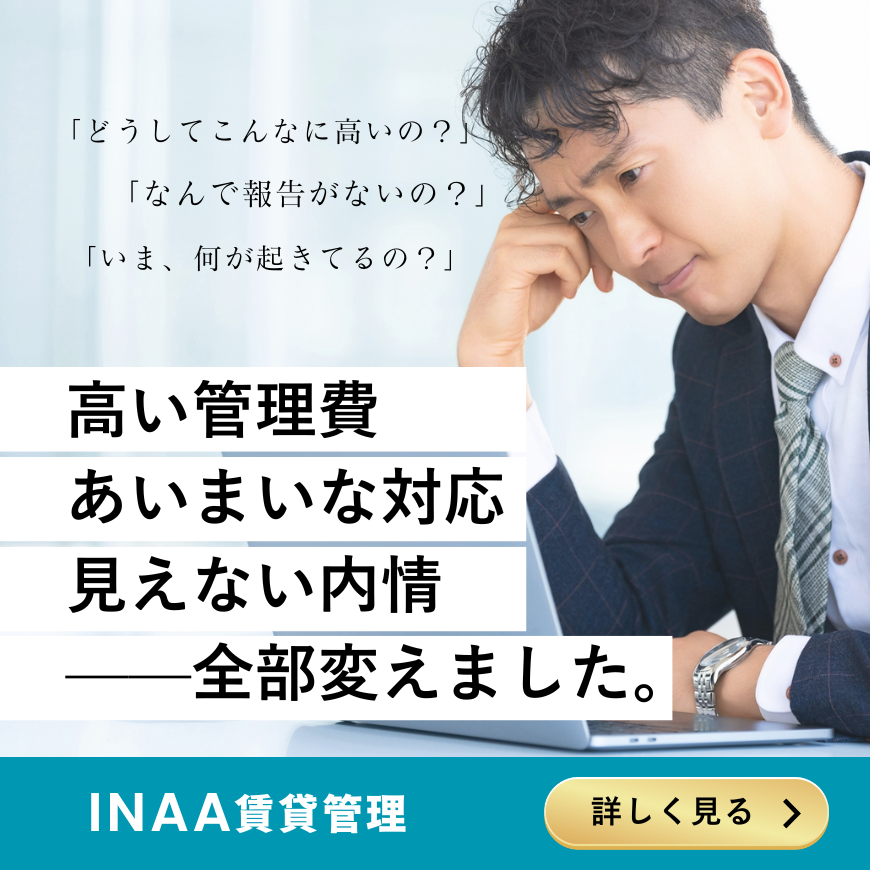
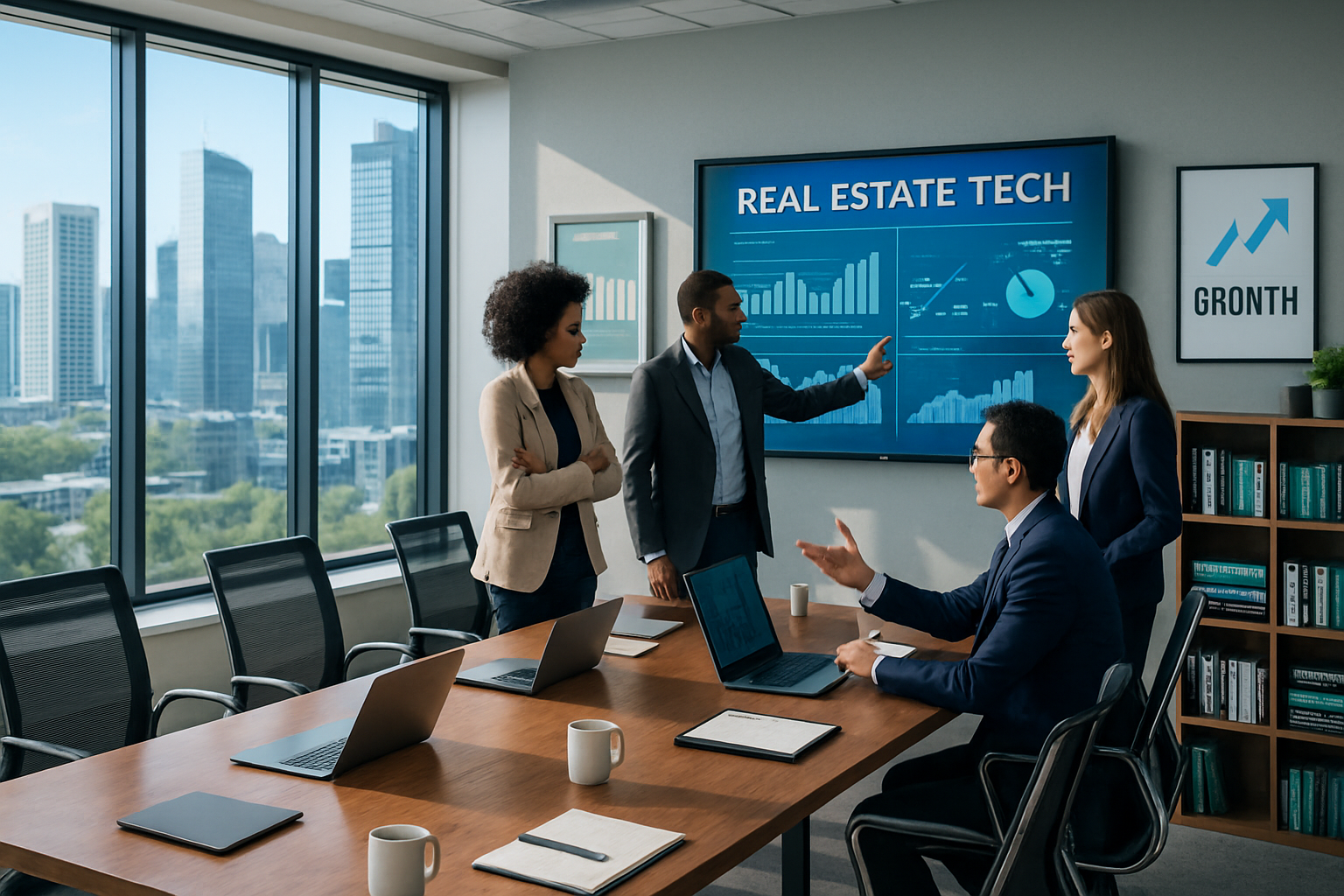
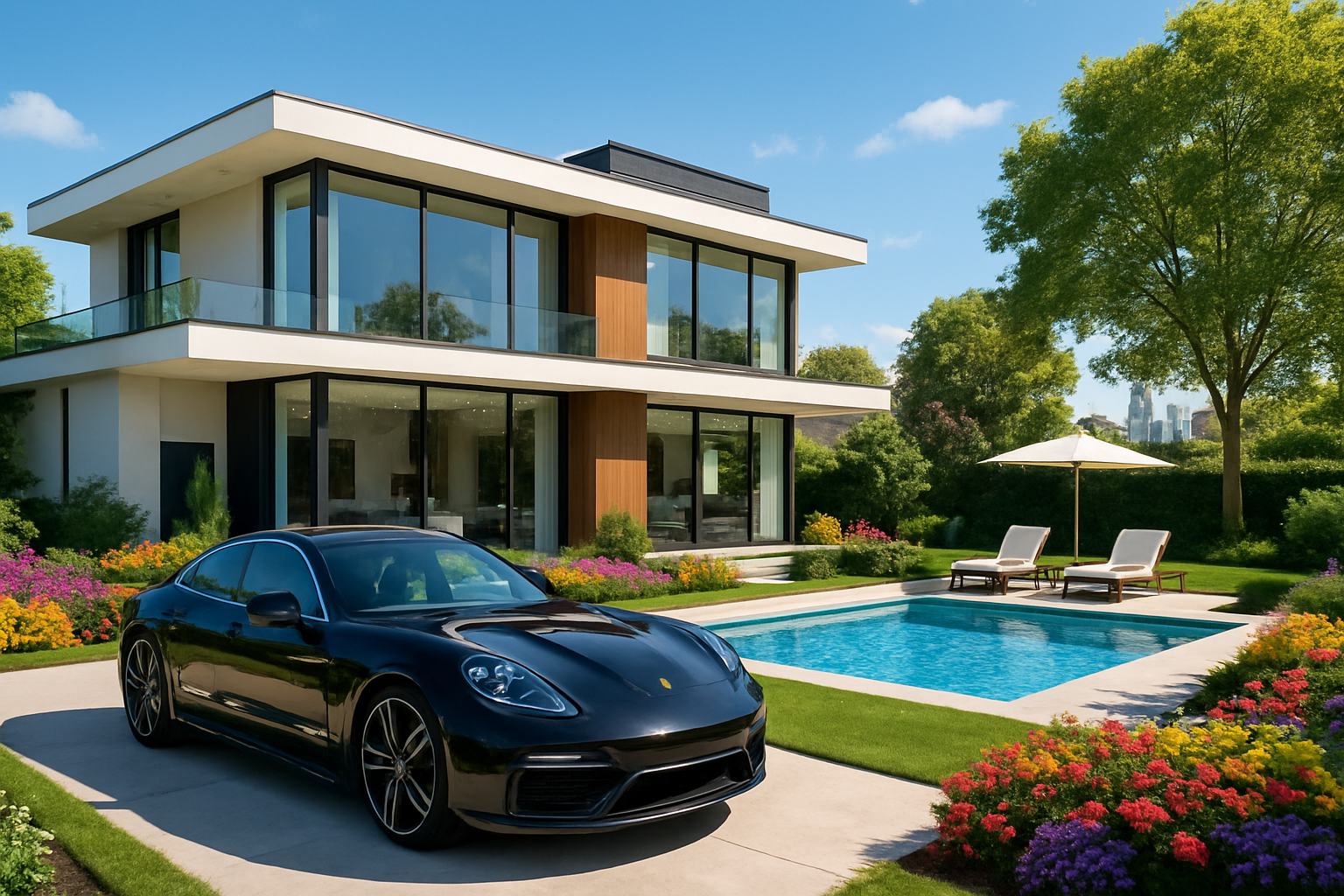
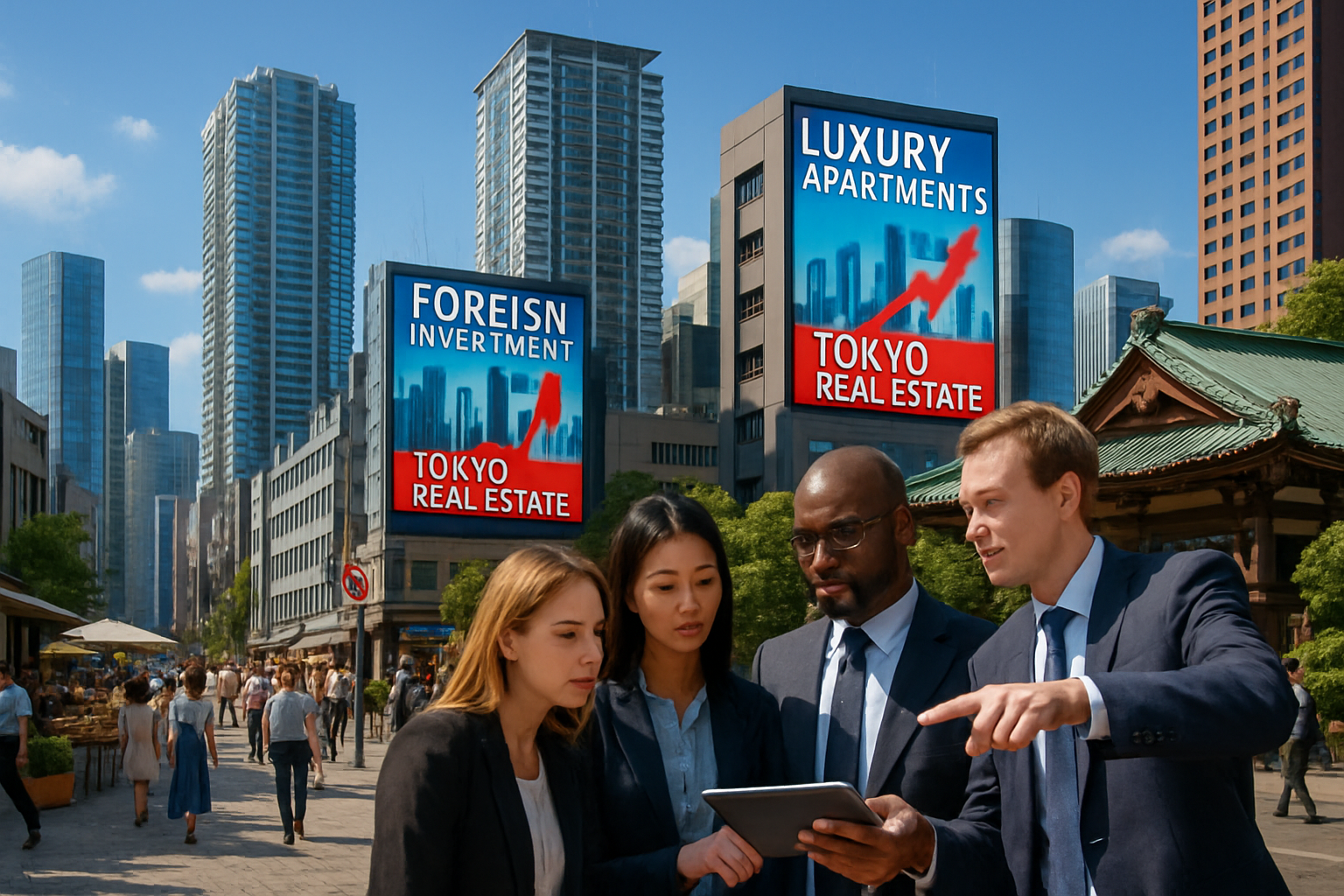
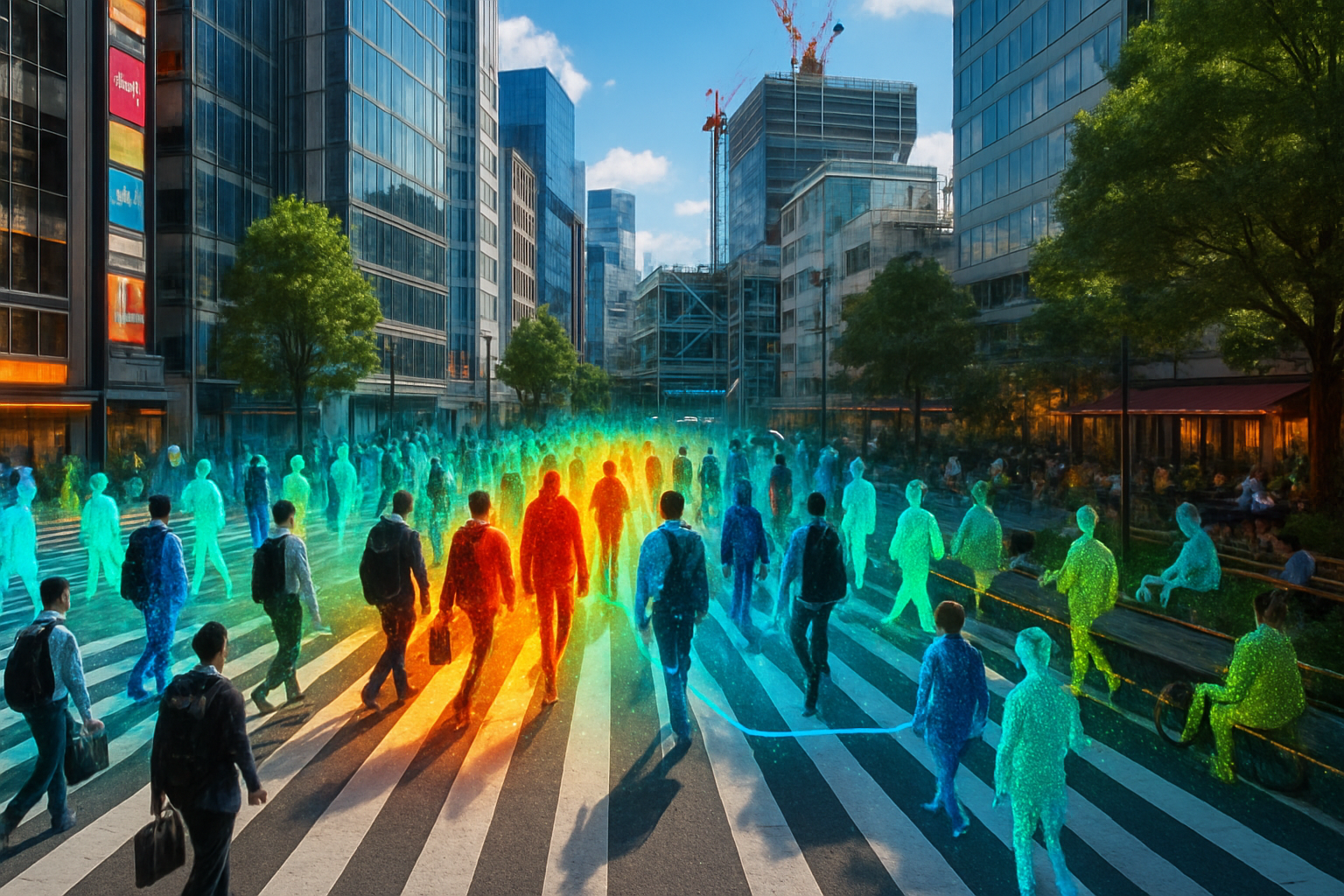
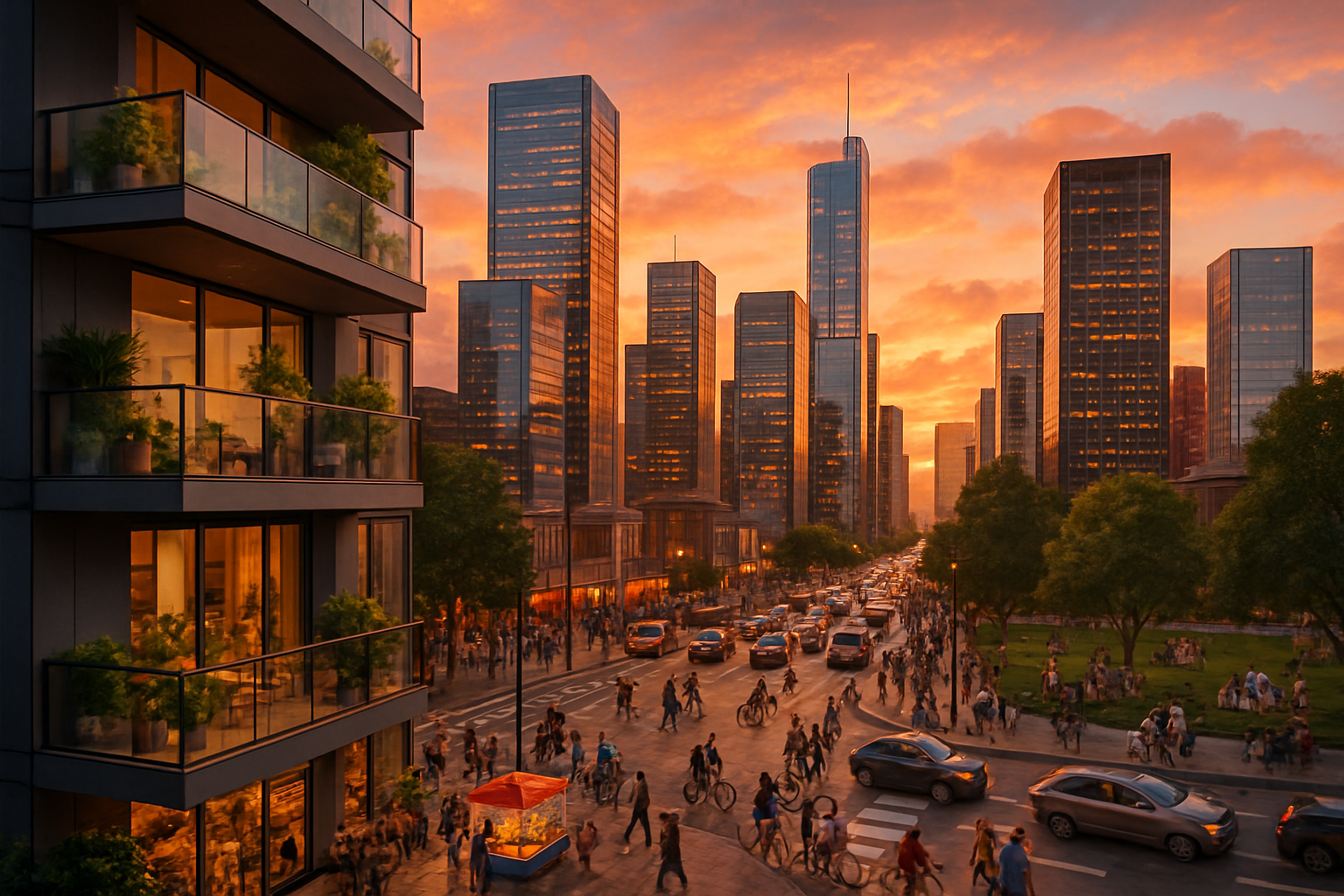
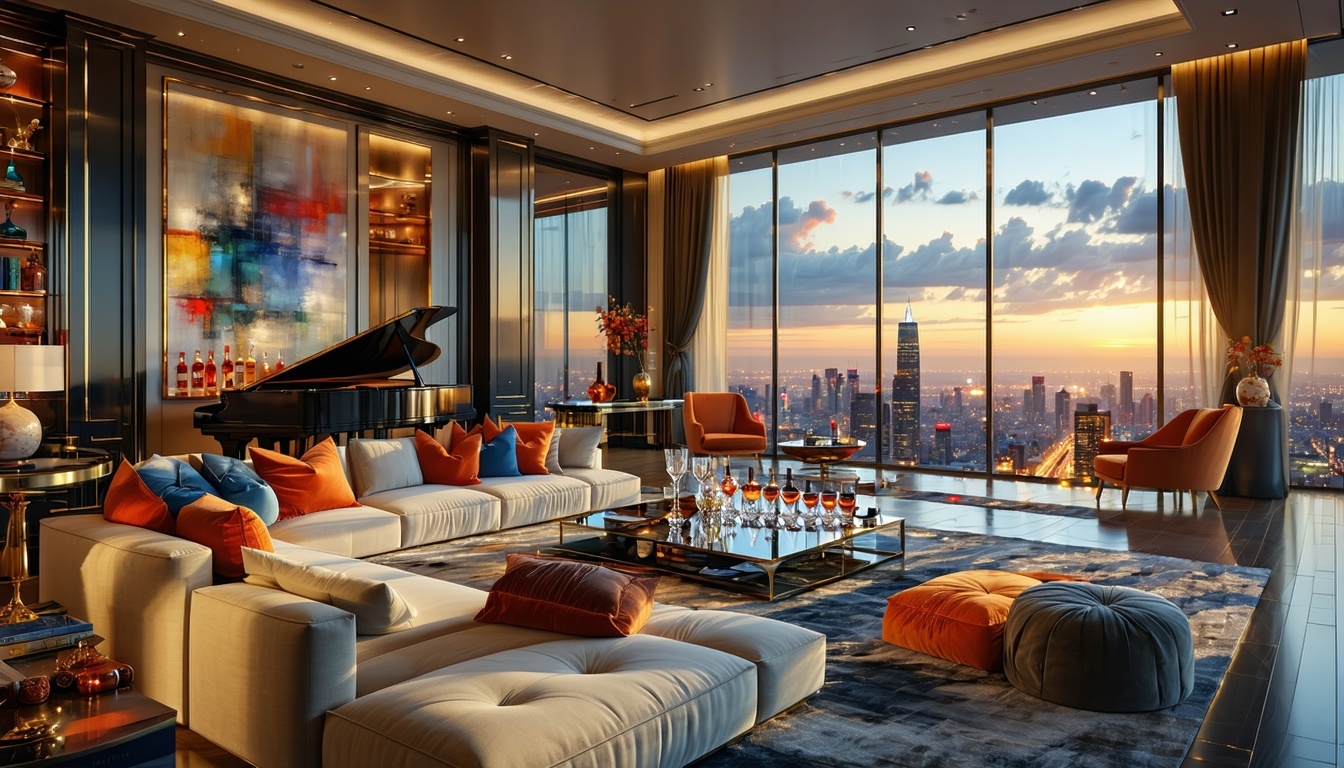
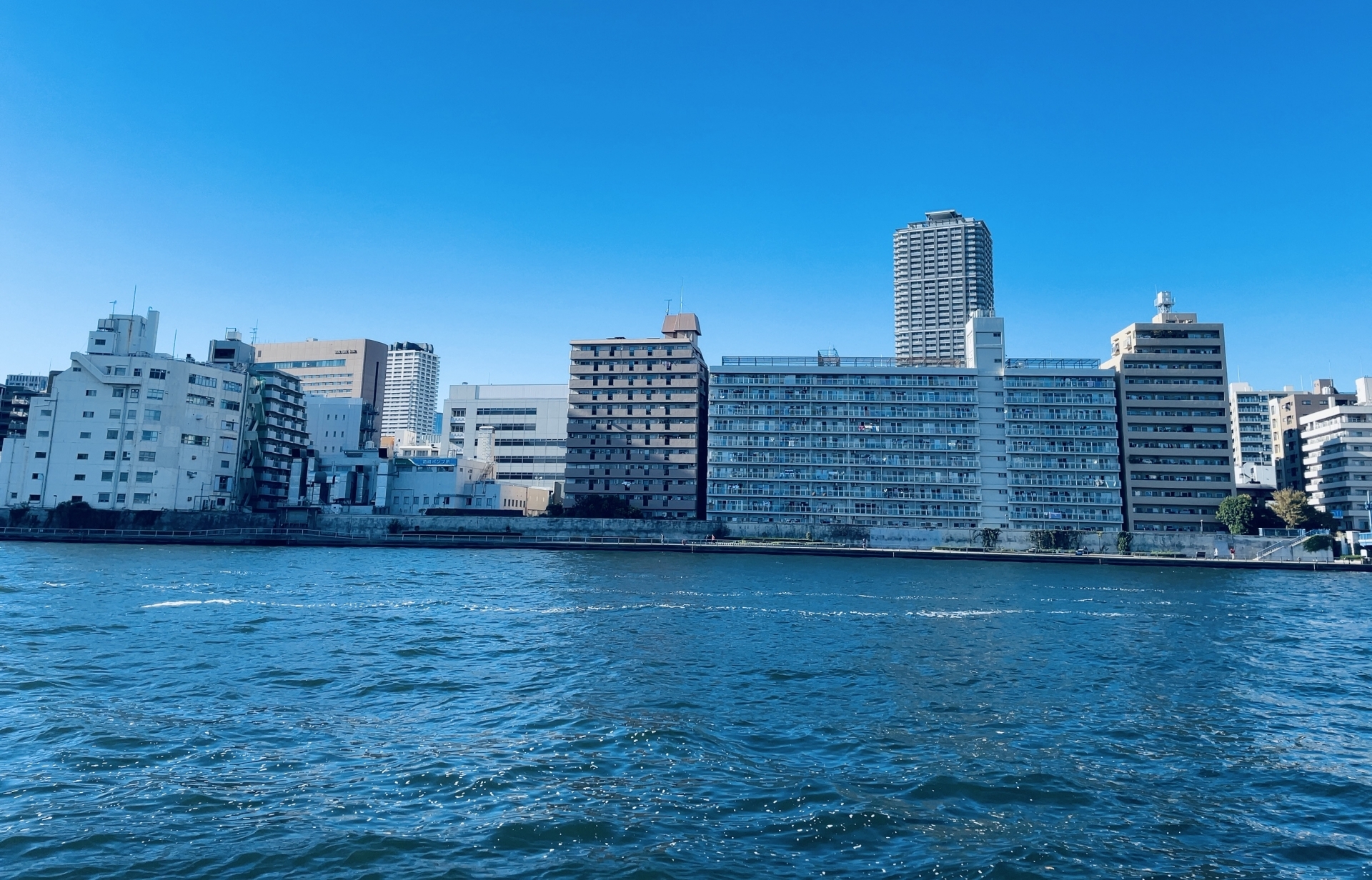
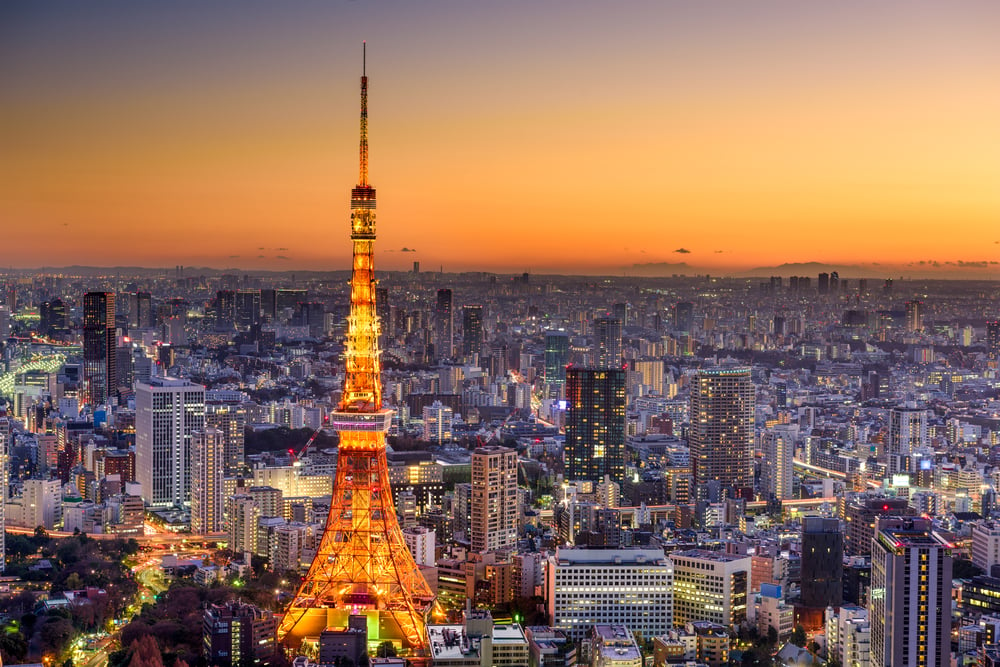
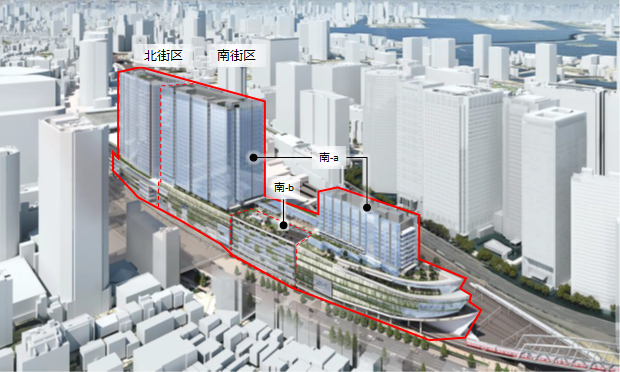
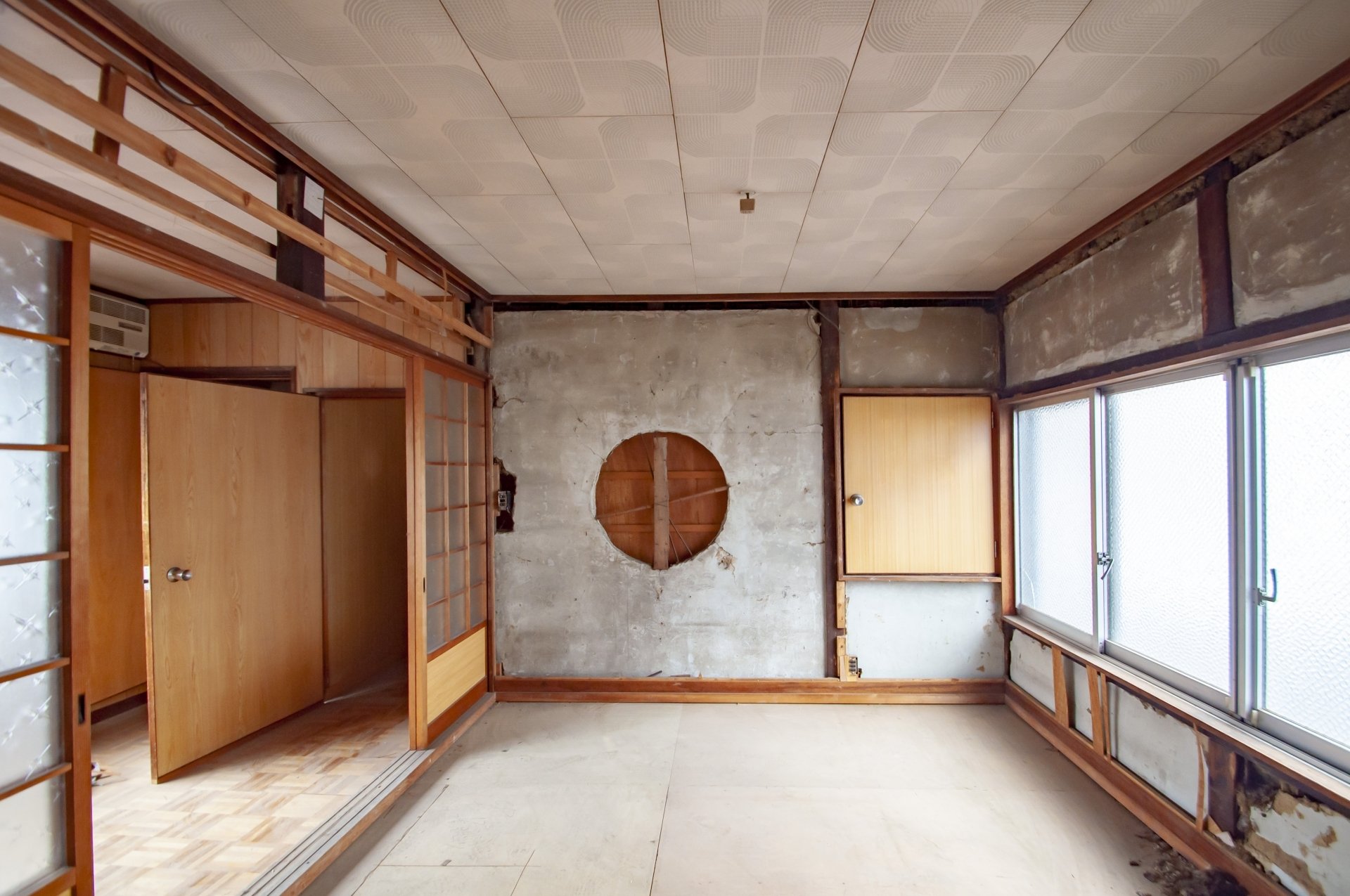
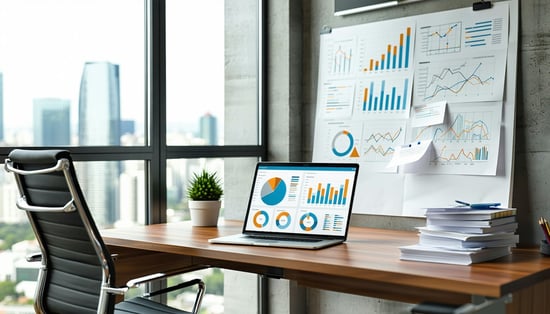
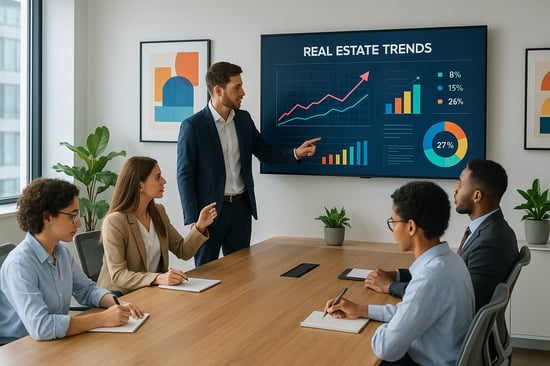
![Definition, Role, and Selection Criteria for Real Estate Management Companies [Focusing on the Importance of Human Resources]](https://app.ina-gr.com/hs-fs/hubfs/AI-Generated%20Media/Images/The%20image%20shows%20a%20businessman%20in%20a%20suit%20holding%20a%20smartphone%20and%20concentrating%20on%20checking%20something%20against%20the%20backdrop%20of%20a%20modern%20office%20building%20Beside%20him%20is%20a%20large%20glass%20window%20letting%20in%20sunlight%20The%20businessmans%20expression%20is%20serious%20his%20ey.jpeg?width=550&height=395&name=The%20image%20shows%20a%20businessman%20in%20a%20suit%20holding%20a%20smartphone%20and%20concentrating%20on%20checking%20something%20against%20the%20backdrop%20of%20a%20modern%20office%20building%20Beside%20him%20is%20a%20large%20glass%20window%20letting%20in%20sunlight%20The%20businessmans%20expression%20is%20serious%20his%20ey.jpeg)